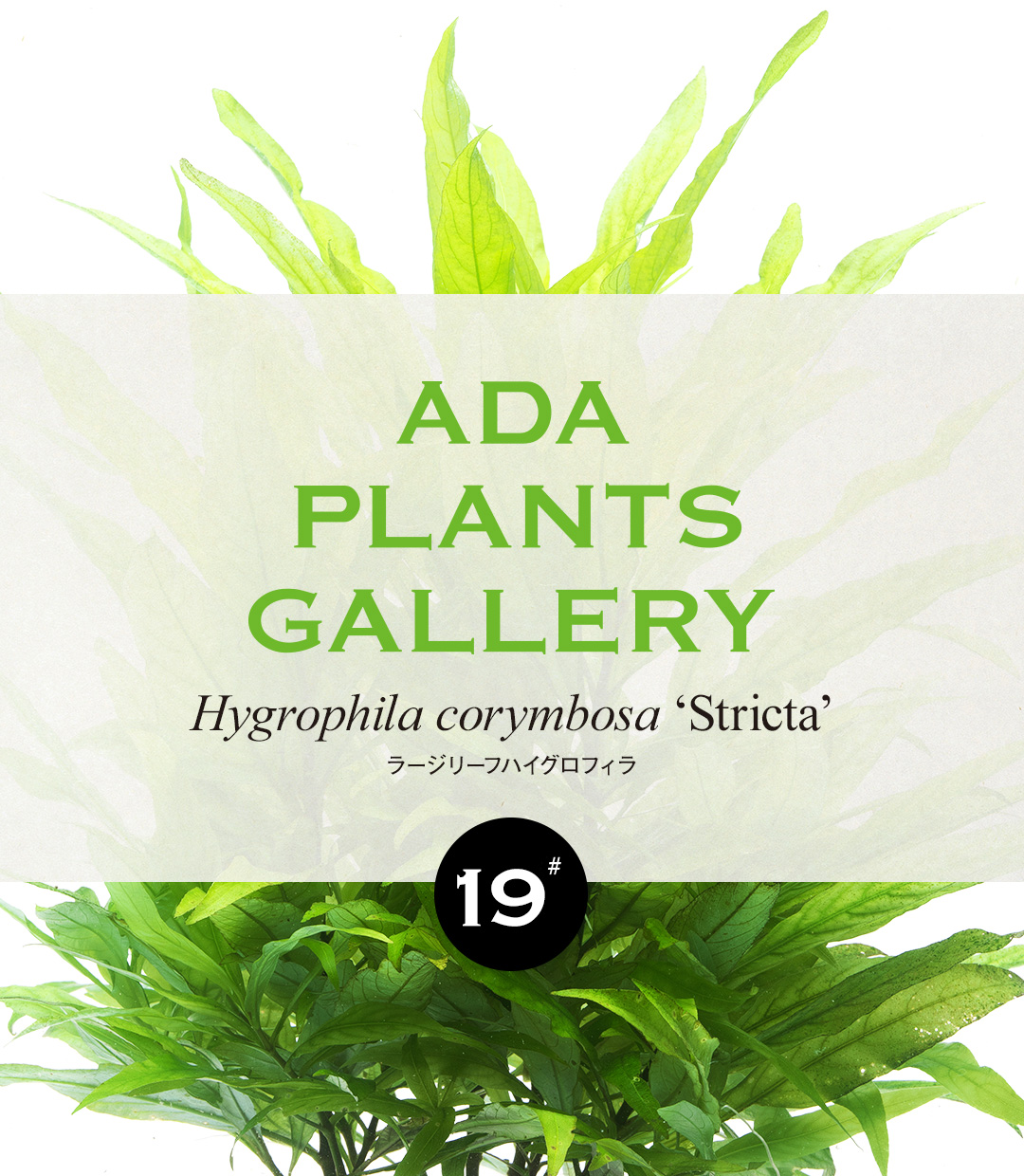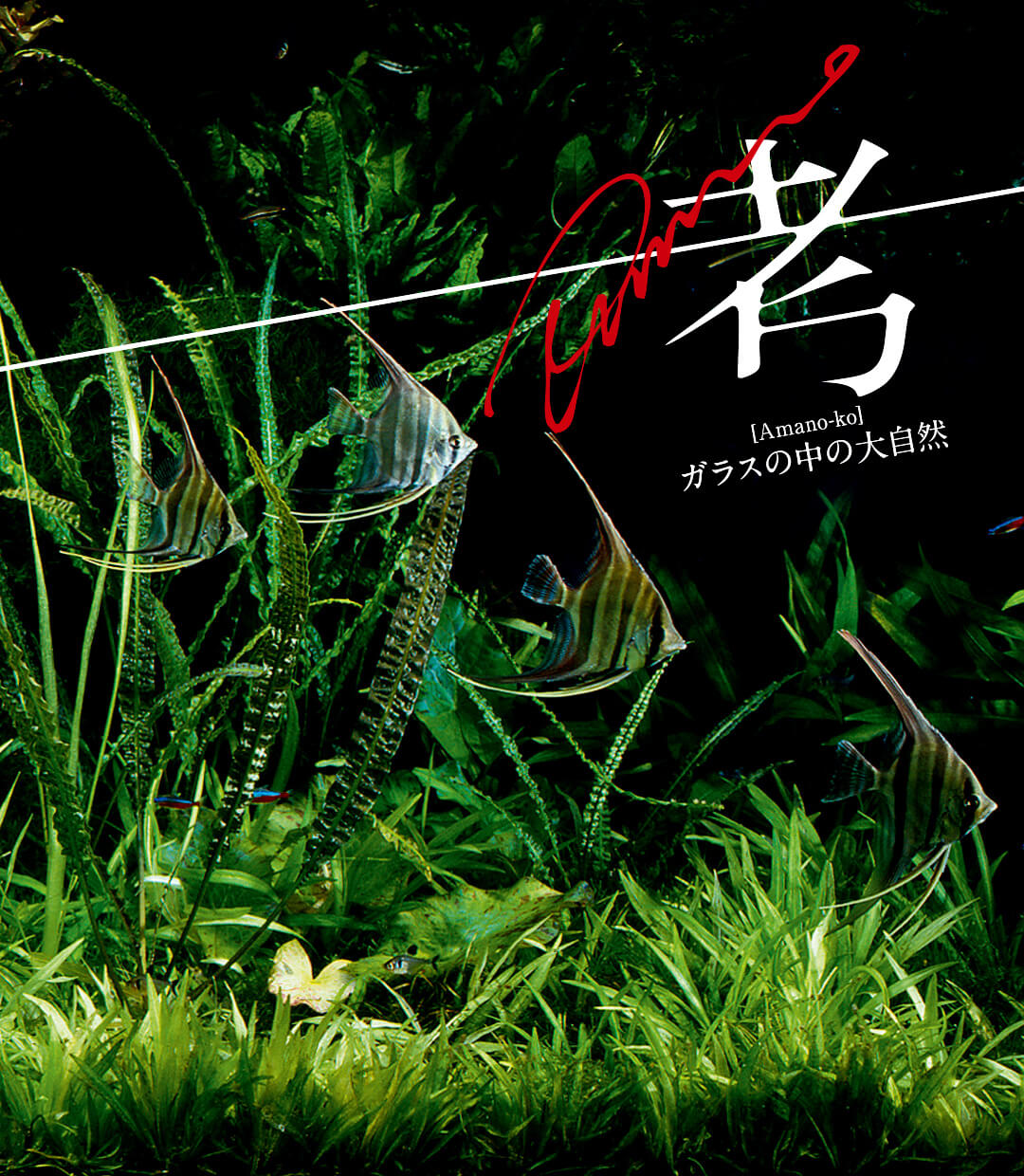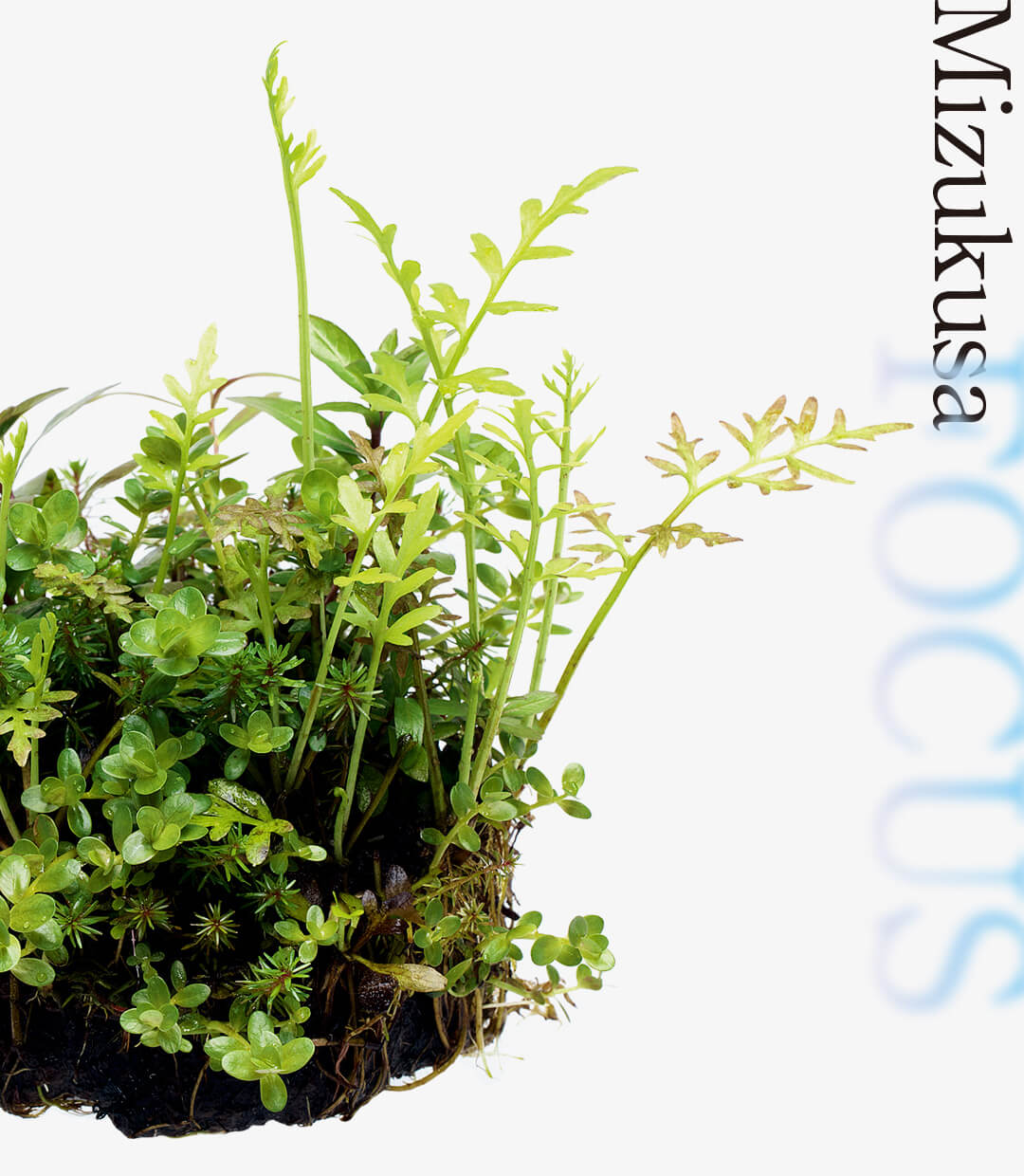ADA PLANTS GALLERY #06 Lagenandra keralensis
ADA’s Research and Development Department, called the Green Lab, develops a wide variety of greenery products. In this article, we would like to share with you some interesting bits of trivia about the plants produced in the lab, and a part of their true nature we see from time to time.
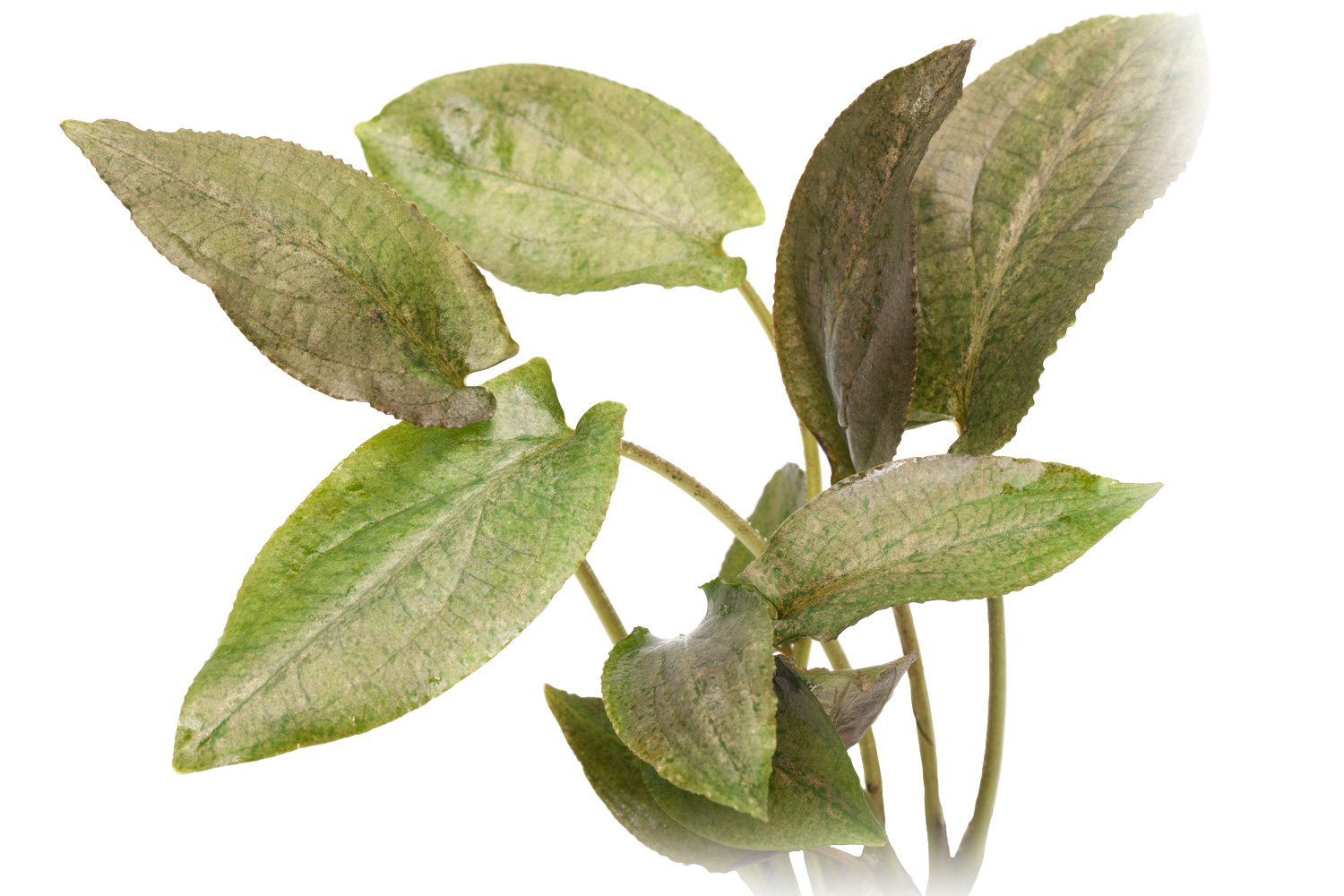
Gives layout a good sense of time passage.
Lagenandra, like Cryptocoryne, is a type of aquatic plant that will become more attractive over time. Among Lagenandra plants, L. keralensis is a slow grower and needs to be patiently grown while controlling nutrients given with Bottom Plus. For that reason, I would say the plant is suitable for experienced aquarists. You need to plant a generous amount at first because its growing points don’t increase in number so easily. Its matte textured foliage can be enjoyed with Asian fish, ferns and moss over time.
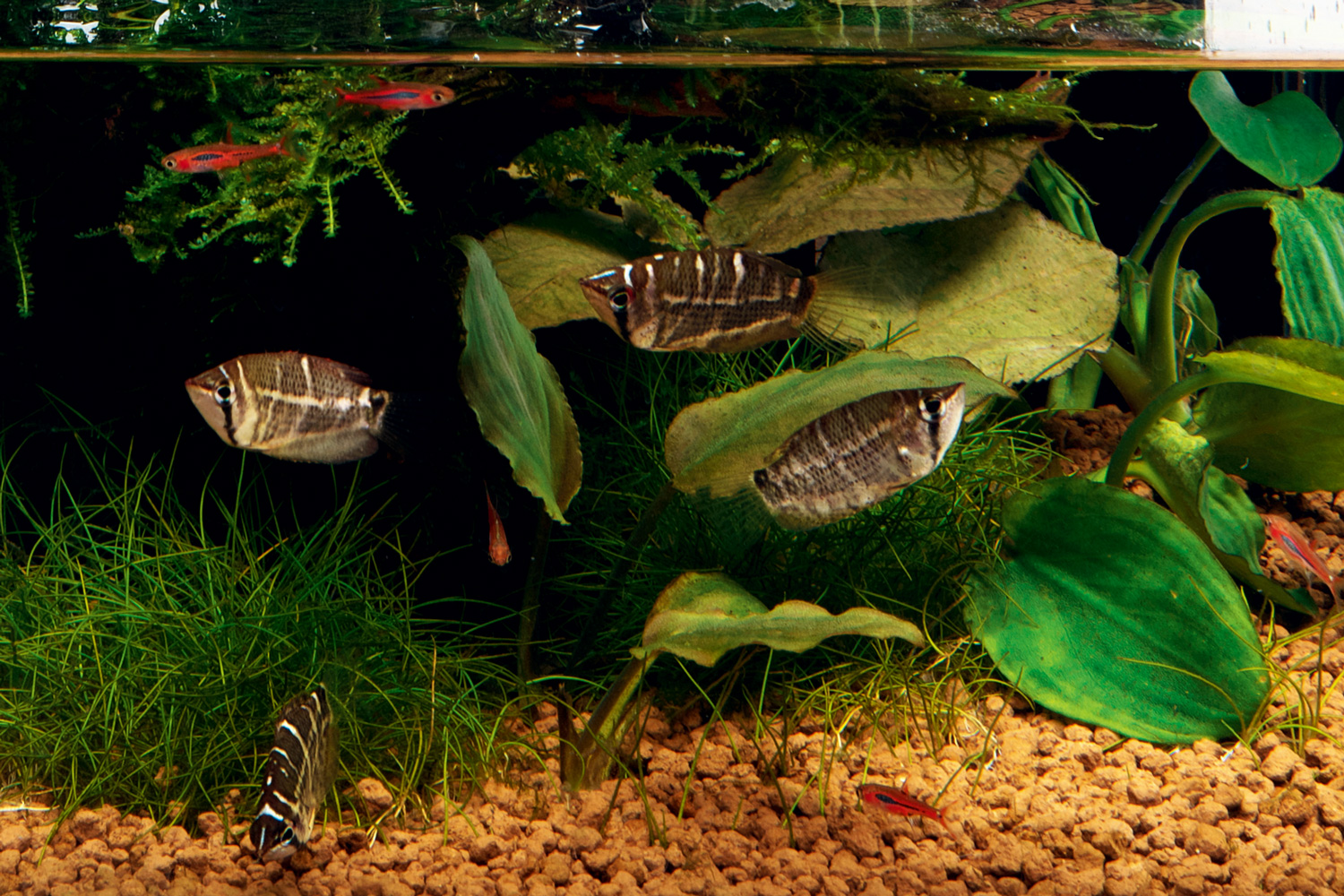
Lagenandra keralensis of India, and Cryptocoryne thwaitesii of Sri Lanka
In southwestern India, the native habitat of L. keralensis, it seems that the plant typically grows individually rather than in clusters. In such a circumstance, propagation by seed under certain conditions is probably faster than the development of growing points in one plant. In addition, there is a possibility that the plant will rapidly decrease in the future due to environmental changes in its natural habitat. In my opinion, there is a sense of modesty in its appearance and ecology, similar to that of Cryptocoryne thwaitesii, which is native to the neighboring country Sri Lanka.
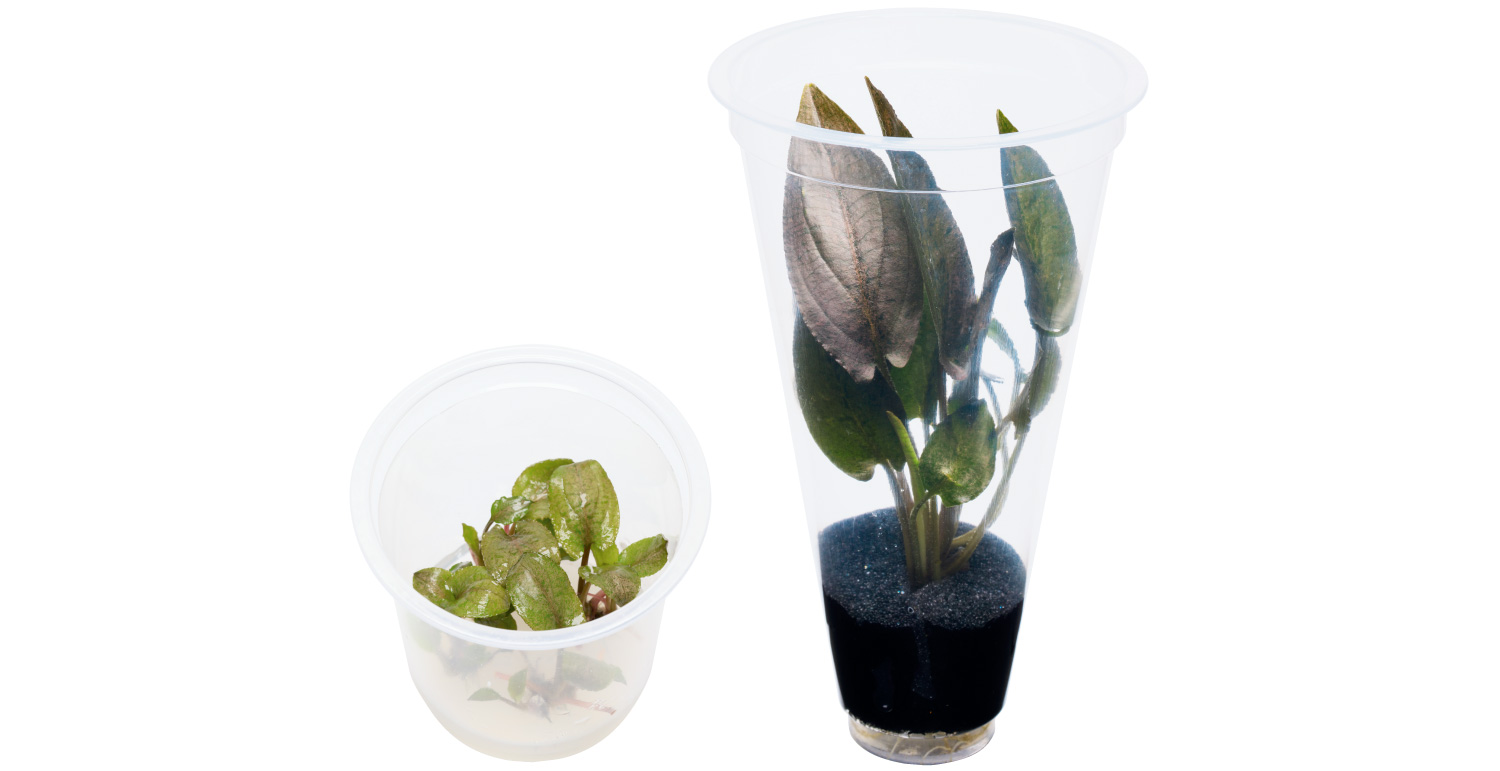
The Mystery of its substitute, Lagenandra sp.
L. keralensis, described as a new species in 2001, is a very valuable aquatic plant also in the wild because it is native to only a limited area in southwestern India. Although many wild and farm grown potted Lagenandra plants had been distributed, most of them were different species and they looked far different from L. keralensis, whose characteristics were described in literature. The species remained a mystery because there was not much information available. However, the veil of uncertainty has been finally lifted with the release of L. keralensis from the BIO Mizukusa no Mori and Wabi-Kusa lineups.
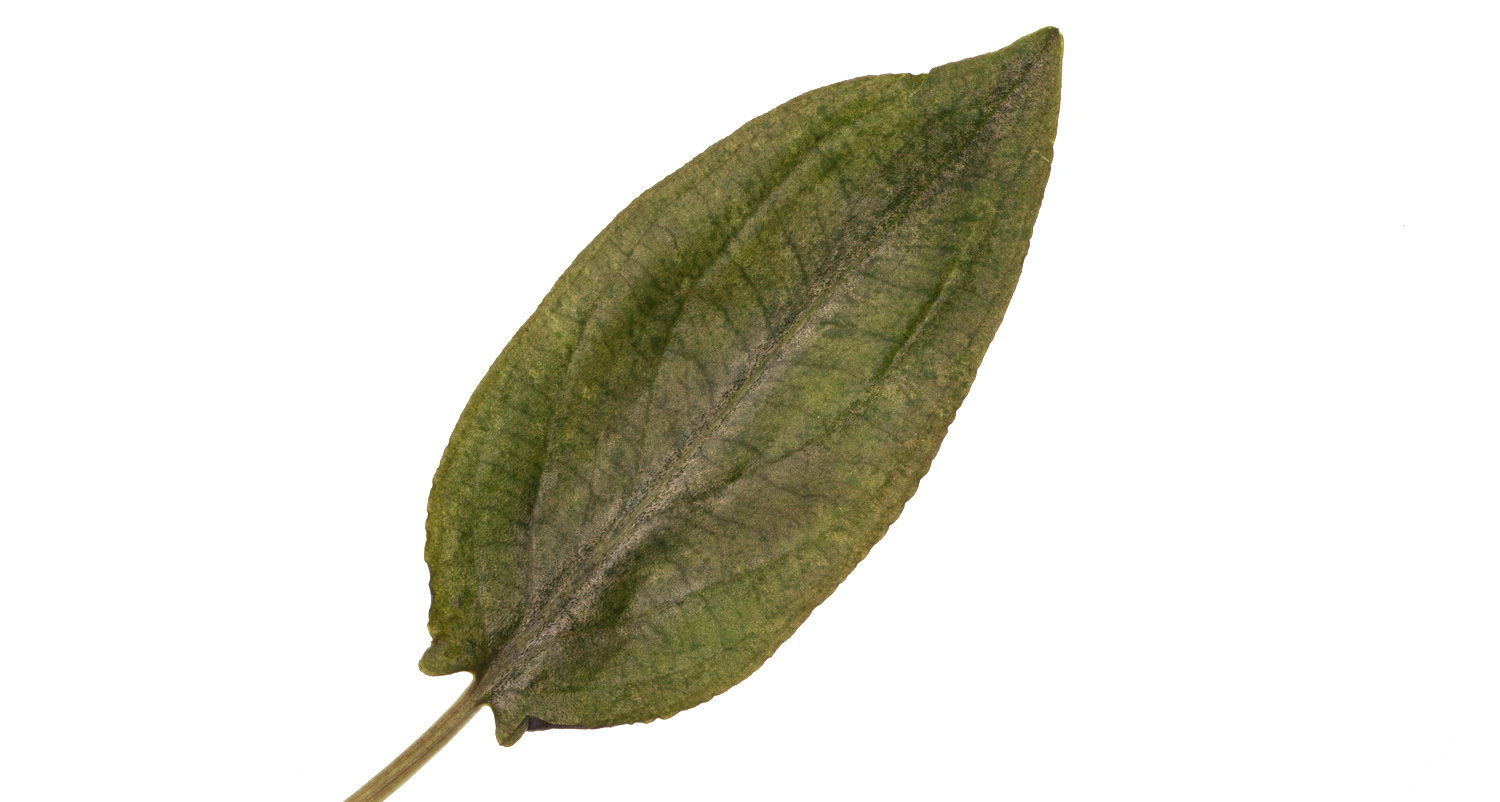
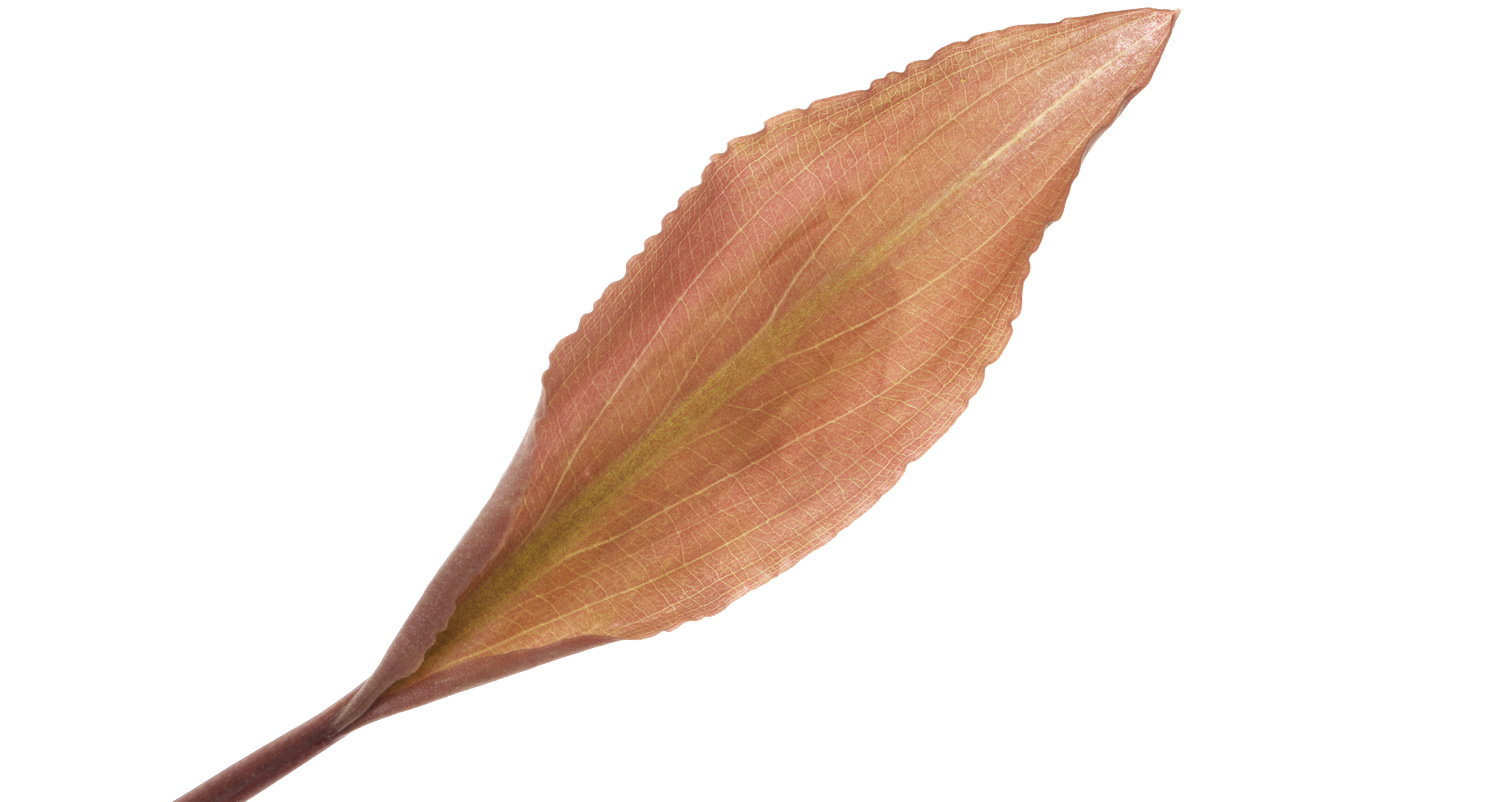
Lagenandra sp., which had been treated as a substitute for L. keralensis for several years, was also attractive with glossy long leaves, easily adaptable to water conditions.
Look for another color variation!
The leaves of L. keralensis are faint purple-brown with glitter pink sprinkles, making it an attractive aquatic plant also good for paludarium use. This species itself is pretty rare, but there is also L. keralensis of a different color. According to literature, the plant is usually in light purple, but it very rarely produces subdued green ones. At the Green Lab, we carefully grow precious green L. keralensis that we found by chance among those imported from farms. It is flowering, so I dream that after successful propagation in the Lab, we will someday be able to make it available to aquatic plant enthusiasts.
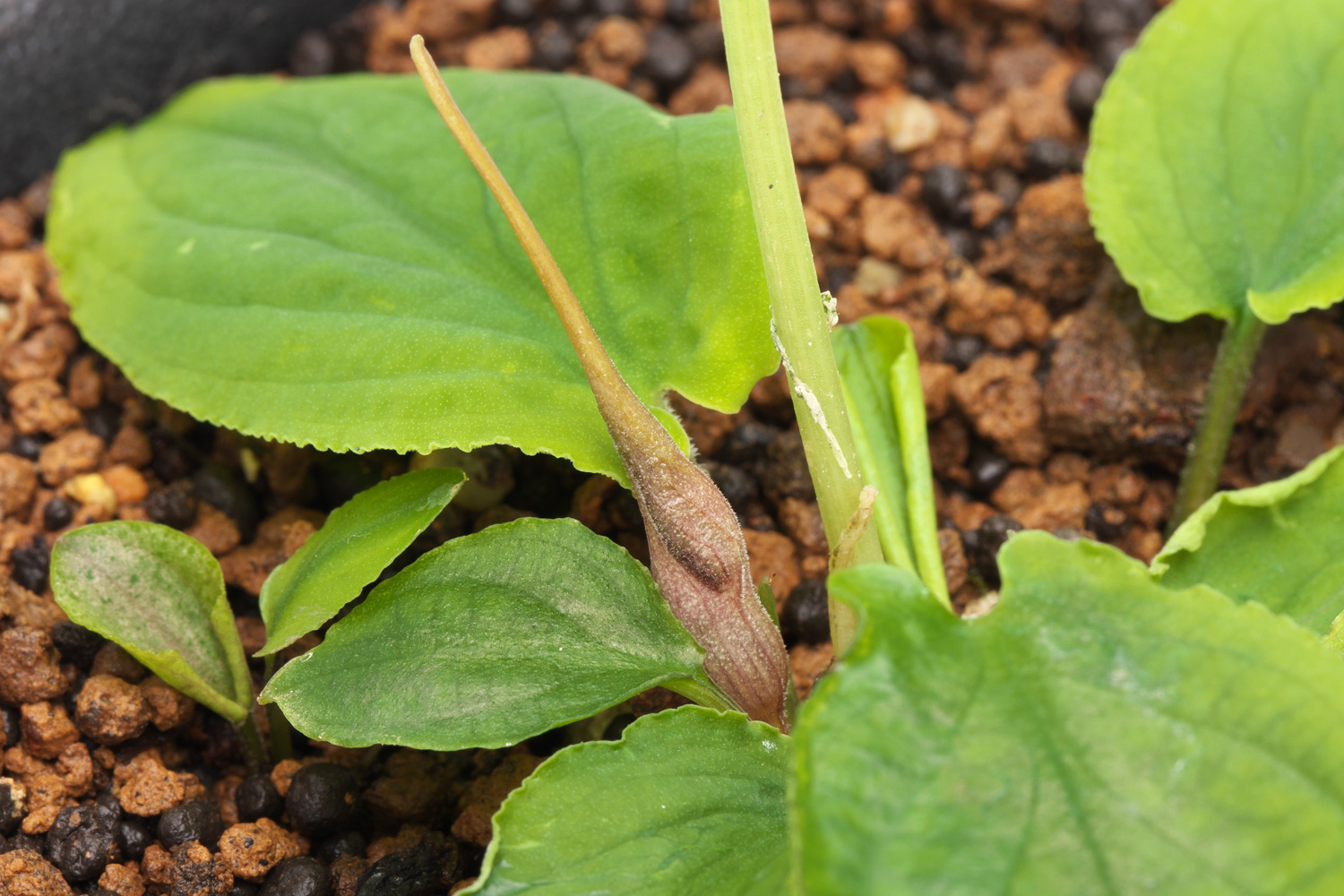
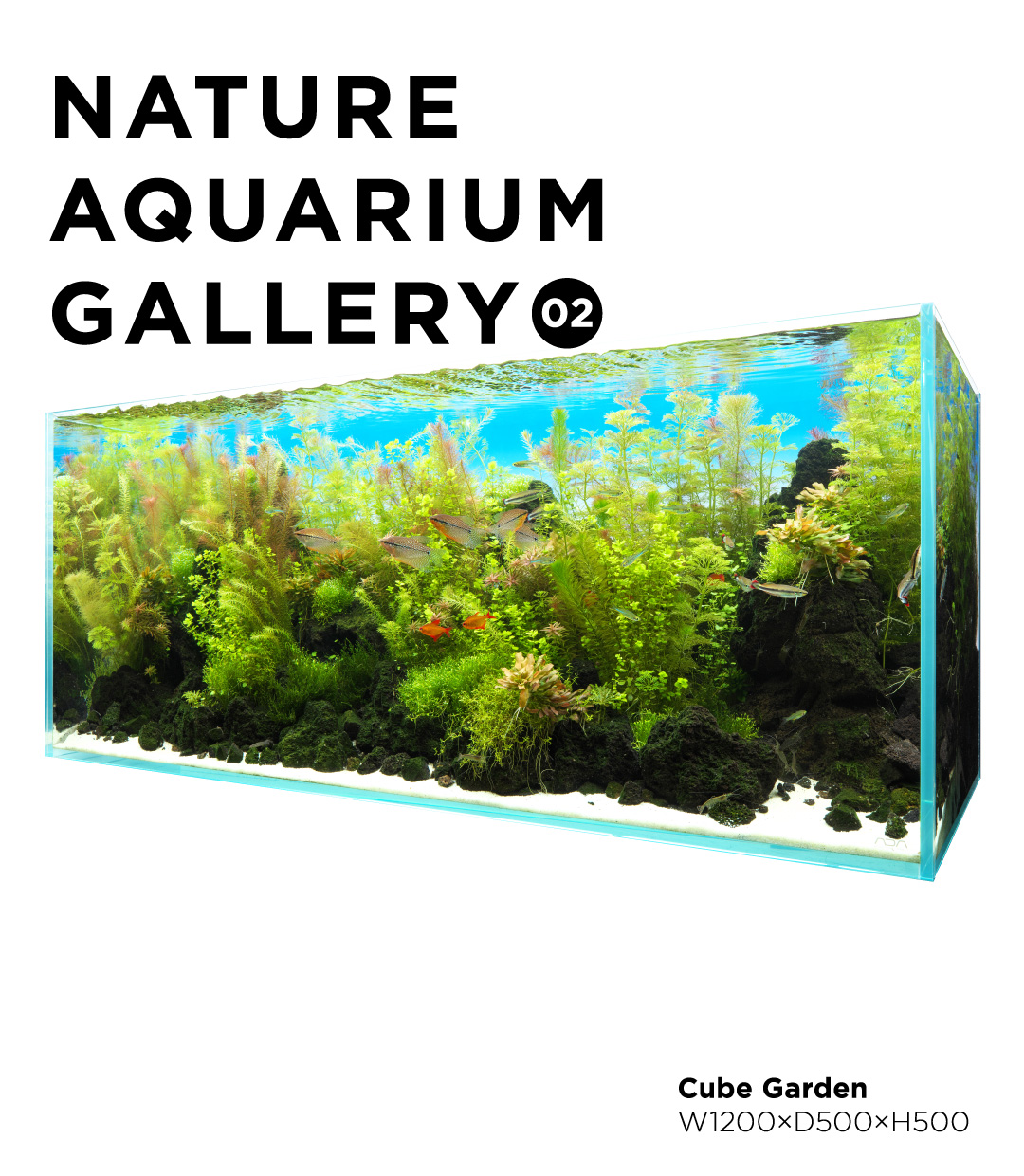


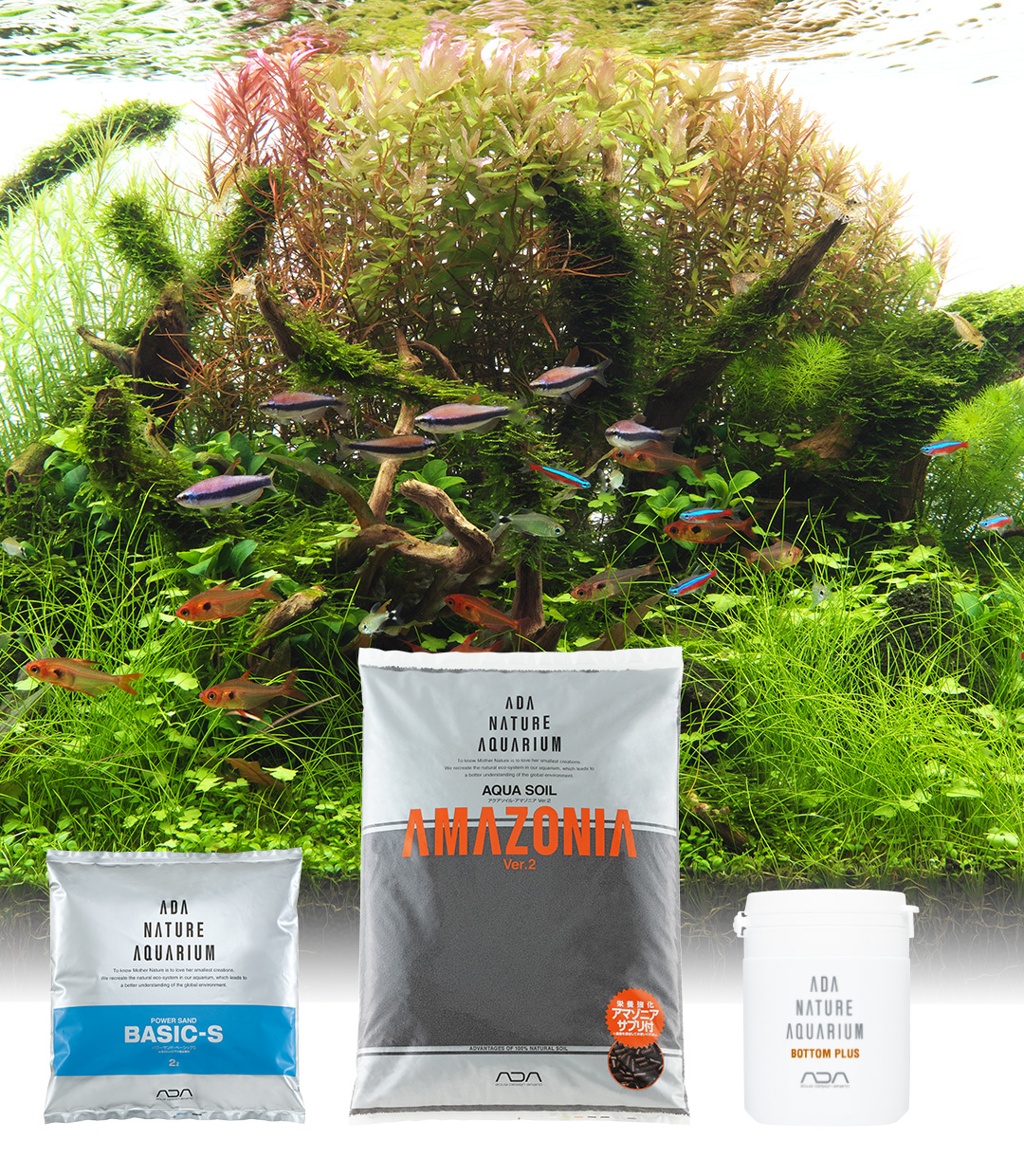














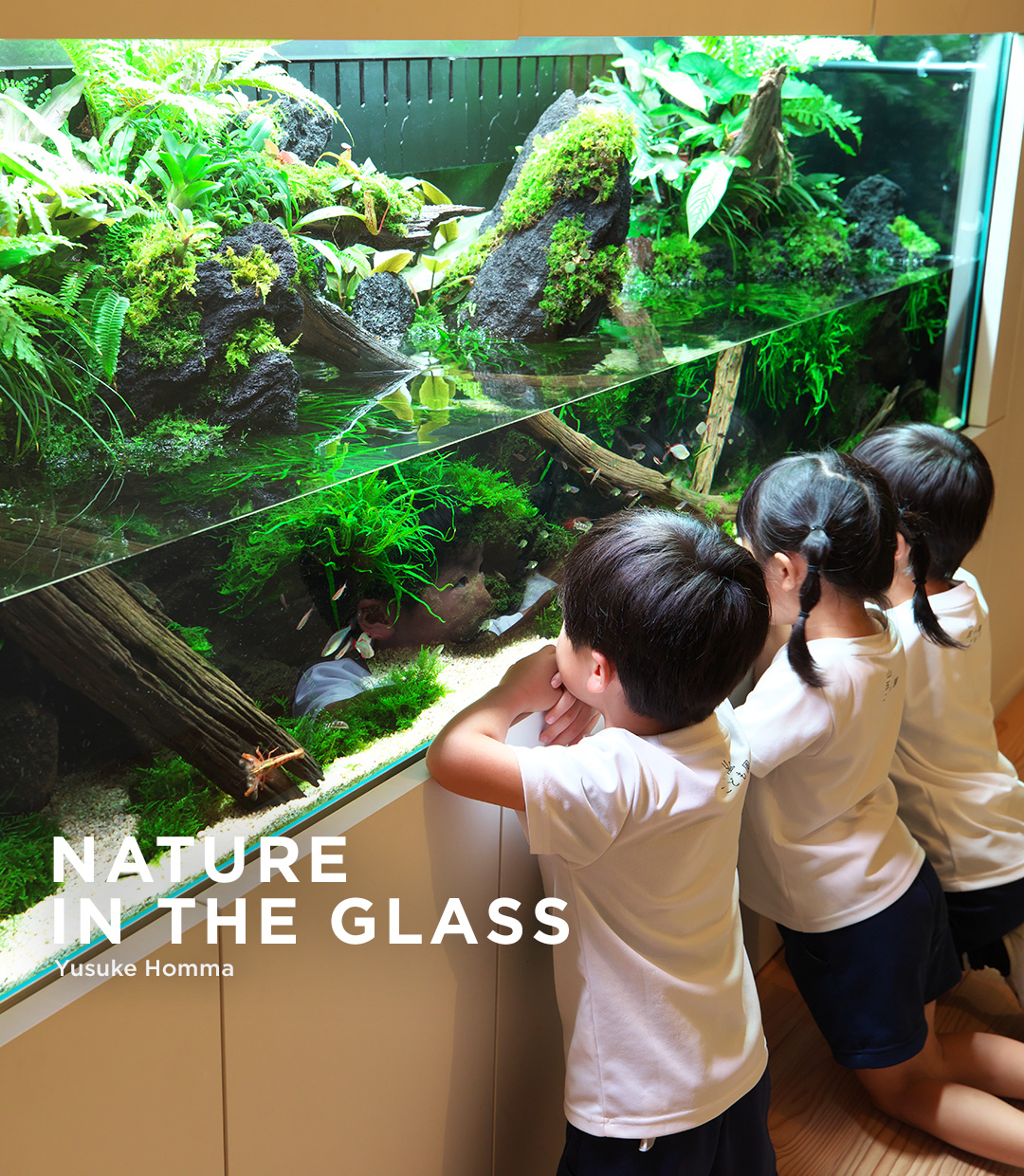
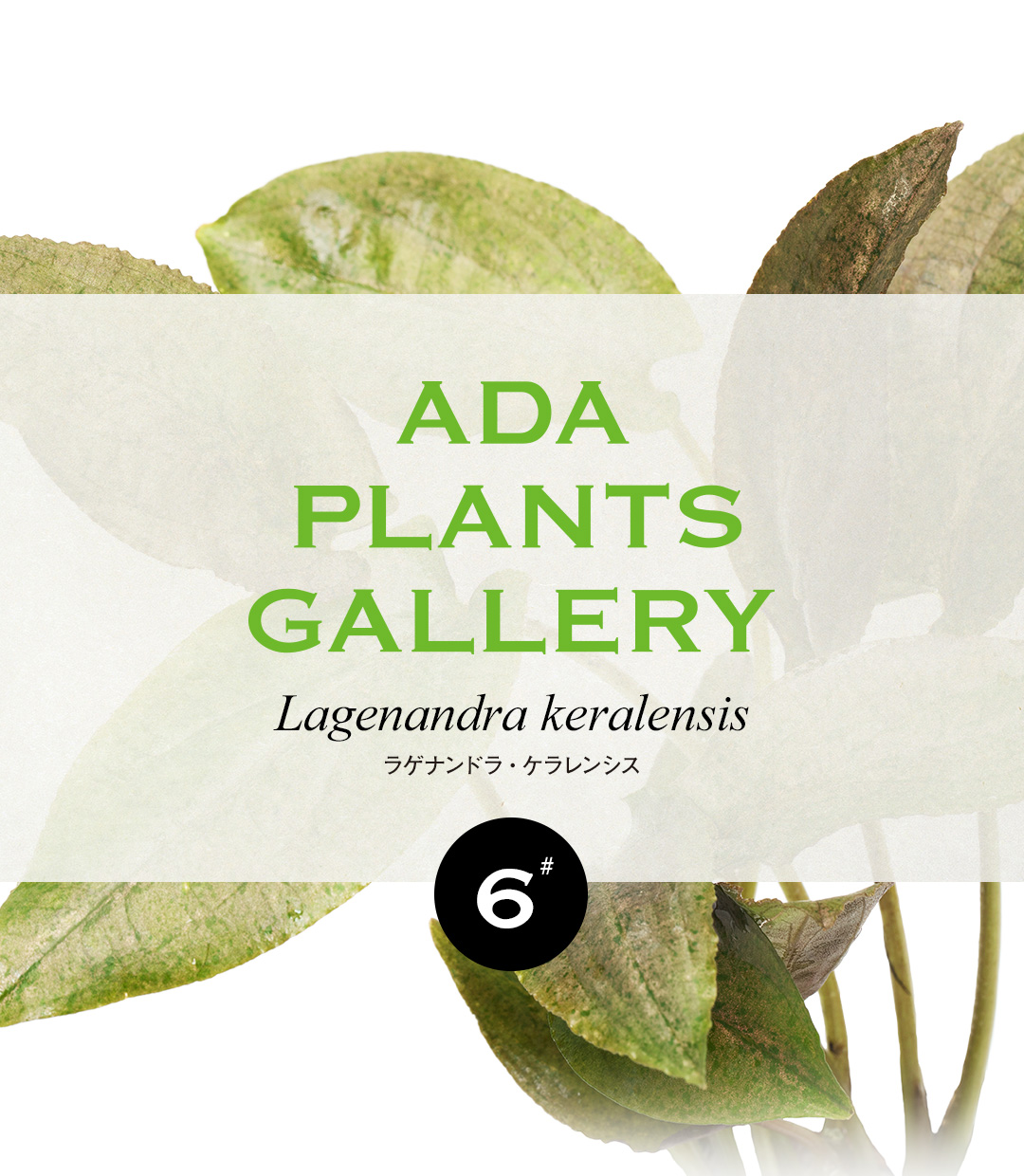
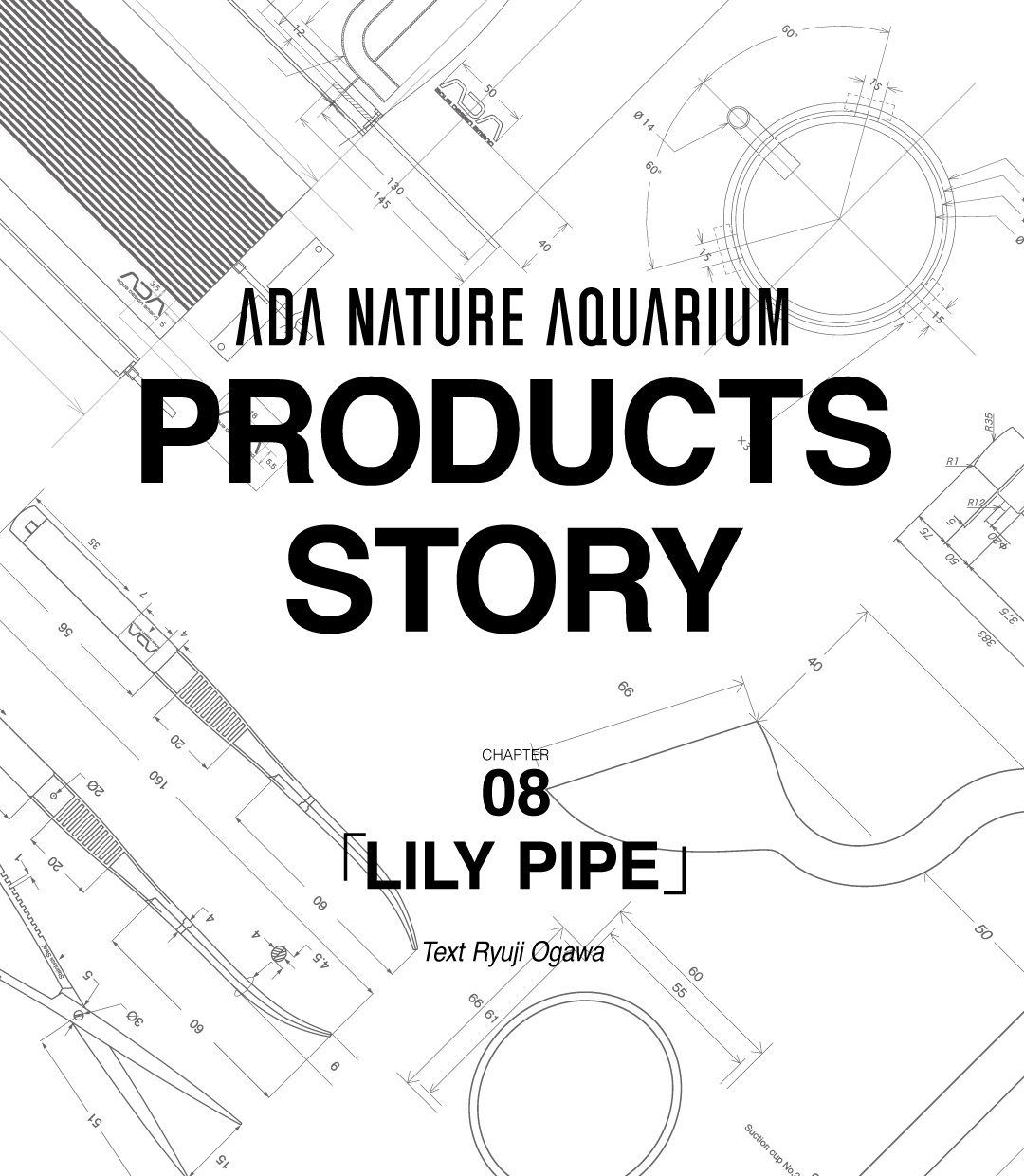
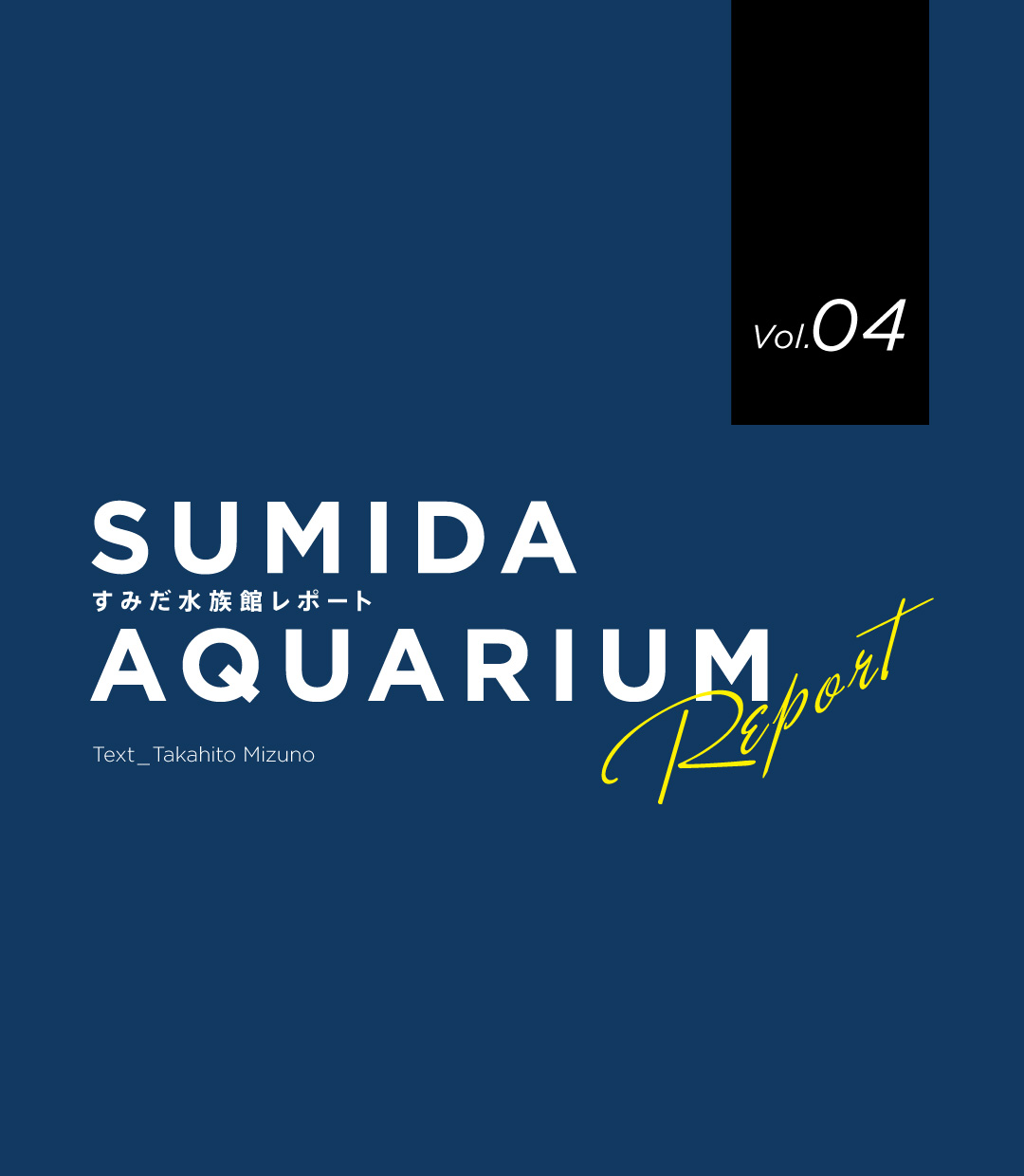
![[ STYLE OF EPIPHYTIC PLANTS ] Recommended Epiphytic Aquatic Plants](https://www.adana.co.jp/wp-content/uploads/sites/3/2024/05/ep_img_ogp.jpg)
